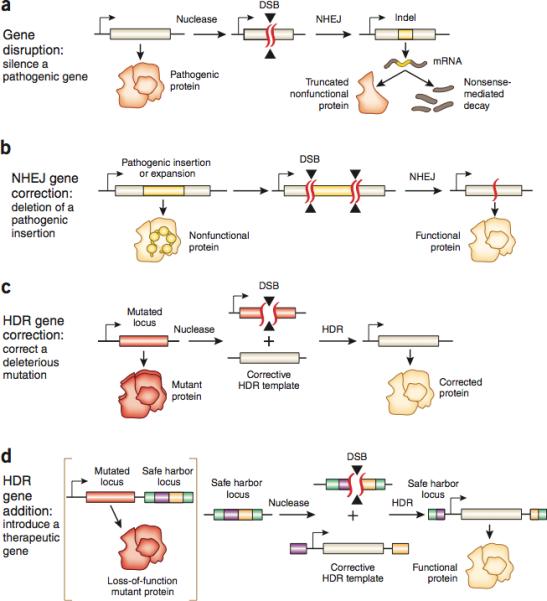Figure 1. Types of Therapeutic Genome Modifications.

The specific type of genome editing therapy depends on the nature of the mutation causing disease. a, In gene disruption, the pathogenic function of a protein is silenced by targeting the locus with NHEJ. Formation of indels on the gene of interest often result in frameshift mutations that create premature stop codons and a non-functional protein product, or non-sense mediated decay of transcripts, suppressing gene function. c, HDR gene correction can be used to correct a deleterious mutation. A DSB is induced near the mutation site in the presence of an exogenously provided, corrective HDR template. HDR repair of the break site with the exogenous template corrects the mutation, restoring gene function. d, An alternative to gene correction is gene addition. This introduces a therapeutic transgene into either the native or a non-native locus in the genome. A DSB is induced at the desired locus and an HDR template containing homology to the break site, a promoter, a transgene and a polyadenylation (polyA) sequence is introduced to the nucleus. HDR repair recovers gene function in the target locus albeit without true physiological control over gene expression. b, In NHEJ gene correction two DSBs targeted to both sides of a pathogenic expansion or insertion may be resolved by NHEJ, causing a deletion of the intervening sequences to mediate therapy. This form of treatment would require multiplexed targeting of disease causing mutations.
